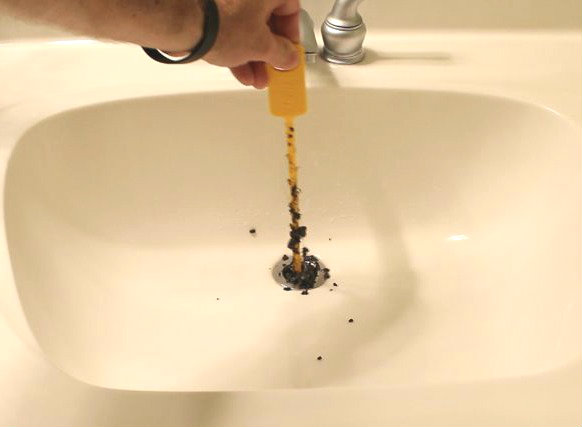When you live in Coastal NC, a sunny morning can quickly turn into a rainy afternoon. Gutters and drains outside your house are essential. But standing water can become a breeding ground for certain types of drain flies. What’s more, these pests are not limited to outdoor drains, they can take up residence indoors. Making any water drain in your home a potential breeding ground.
Putting a Face to a Name
You’ve probably done your fair share of swatting in the air around your face as small flying insects flitter near you and tickle the hairs on your face or neck. Know what kind of pest you’re dealing with, so you can address the situation properly.
- Fruit Flies- Resembling gnats, these pests lay their eggs in fermenting material which is usually linked to a consistent food source. Garbage cans are a popular destination, but the sink drain is a major attractor, too.
- Drain Flies– Often they are referred to as “moth flies,” they are indeed harried flies. They breed mostly in sewers, septic tanks, drains, or soil that has been contaminated with septic fluid. These little critters can be a telling sign for a larger sewage leak happening, so be vigilant in figuring out where they are coming from!
- Phorid Flies- These humpbacked bugs tend to burrow in sewage back-up that accumulates in a drain.
- Sphaerocerid Flies– Are flies attracted to rotting fruits, damp soil, and other organic material. If you keep a compost pile close to the house, you may see these flies swarming nearby.
How to Deal with Drain Flies
Cleanliness may not be next to godliness, but it’s key to fly-free drains indoors and outdoors. Cleaning drains once a month will reduce breeding opportunities and prevent drain fly problems significantly. Other inspecting and cleaning ideas include:
- Consider removing compost piles near the home.
- Remove clogs and ensure drains are clearing properly. Flies can signal a leak or other plumbing problem, too.
- Keep drains covered that are not used regularly.
- To test for drain flies:
- Lightly coat the inside of the cup with vegetable oil or petroleum jelly. Invert it over a suspected drain. Leave in place for several days, checking daily. Drain flies will adhere to the oil or jelly.
- Put clear tape over a drain with small air holes pricked in it. (Don’t use the drain while tape is in place.) Check daily to see if flies are stuck to the bottom of the tape.
- Get a good ladder that will reach blocked gutters outside the house and clear all debris so the drain flies don’t have anywhere to lay eggs.
Remember, drain flies love moisture and organic material. Find the source to remove them or contact a professional from our team for help.


Recent Comments